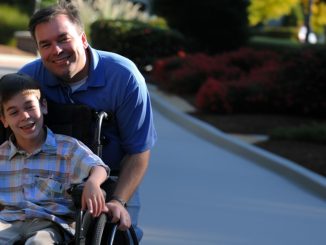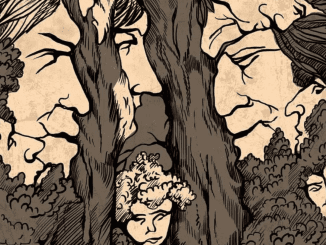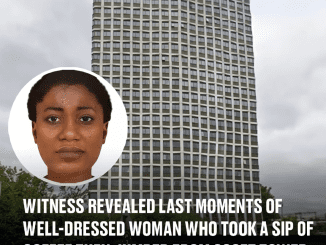Puzzles and riddles have long been a source of fascination for people of all ages. They challenge our thinking, test our observational skills, and, most importantly, sharpen our logic. One of the most intriguing puzzles circulating online is this image-based question: Who is the real mother of this child?

Common Mistakes and Misinterpretations
When people first see this puzzle, they often rush to answer based on surface-level observations. Here are some of the common mistakes made by those who try to solve it:
- Focusing on Appearance: Many immediately judge the women based on their physical traits, such as clothing or hairstyles, assuming these might indicate who looks more like a mother. However, outward appearances can be misleading and are rarely the deciding factor.
- Ignoring Body Language: A crucial element of this puzzle lies in the posture and body language of the women. Most people overlook these details and miss the subtle signs that reveal the true mother.
- Overlooking the Child’s Behavior: The child’s actions and positioning are equally important. A child’s natural inclination can often reveal their bond with their caregiver, but this aspect is frequently disregarded.
These oversights happen because we often overcomplicate puzzles or underestimate the significance of small details. Let’s break this puzzle down step by step to uncover the truth.
Solving the Puzzle: Step-by-Step Analysis
Step 1: Observe the Women’s Postures
The first and most important clue lies in the body language of the two women. The woman on the right is sitting with her legs crossed, appearing relaxed and disengaged. On the other hand, the woman on the left is sitting upright, with her legs positioned to stand up at a moment’s notice. She is leaning slightly forward, showing a clear readiness to act if needed.
This subtle posture suggests a maternal instinct. Mothers often stay alert and ready to respond quickly when their child is nearby, even during calm situations. The woman on the left’s body language reflects this.
Step 2: Look at the Child’s Positioning
The second major clue comes from the child’s orientation. The child is facing the woman on the left while playing. This detail is significant because children naturally position themselves towards their caregivers when they are feeling safe and secure. This bond is especially strong during playtime, as the child subconsciously seeks reassurance and connection.
The fact that the child is not facing the woman on the right indicates a lack of the same level of attachment or familiarity.
Step 3: Consider the Subtle Visual Details
Finally, another clue lies in the visual similarities between the woman on the left and the child. Both the woman and the child have dark hair, whereas the woman on the right has blonde hair. While this alone is not definitive proof, it adds weight to the conclusion that the woman on the left is the child’s mother.
The Answer: Who is the Real Mother?
Based on the evidence, the real mother is the woman on the left. Here’s why:

- Her body language shows maternal instincts, as she is alert and ready to care for the child.
- The child’s positioning—facing her—indicates a strong bond and trust.
- The physical resemblance between her and the child further supports the conclusion.
The woman on the right, by contrast, appears more relaxed and detached, with no signs of urgency or maternal connection to the child.
What This Puzzle Teaches Us
This puzzle is a great example of how logic and observation can lead to the right answer. It also highlights the importance of paying attention to small but significant details, such as body language and positioning. In everyday life, these skills can be applied to better understand people’s behavior and relationships.
Puzzles like this one are not only fun but also excellent for developing critical thinking. They challenge us to think beyond the obvious and look for hidden clues.
Join the Conversation!
Now that you know the answer, what do you think? Did you guess correctly, or did you fall into one of the common traps? Share your thoughts and reasoning in the comments below. Let us know if you noticed any other clues we didn’t mention!
If you enjoyed solving this puzzle, why not challenge your friends and family? Share this post and see how they do. Don’t forget to explore more puzzles and riddles to sharpen your logic and observational skills.
Remember: The more you practice, the better you become at solving these brain teasers. Who knows? You might uncover a hidden talent for spotting the subtle details others miss. Happy puzzling!


